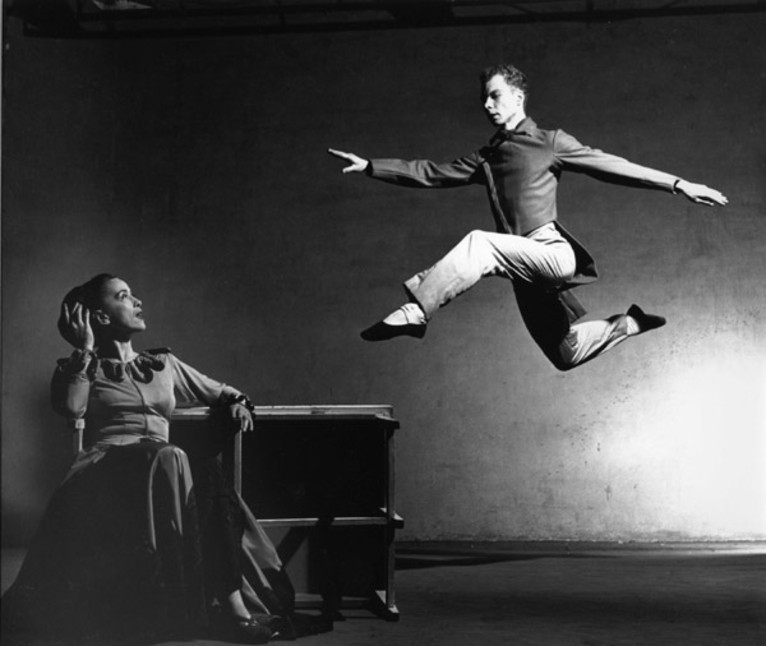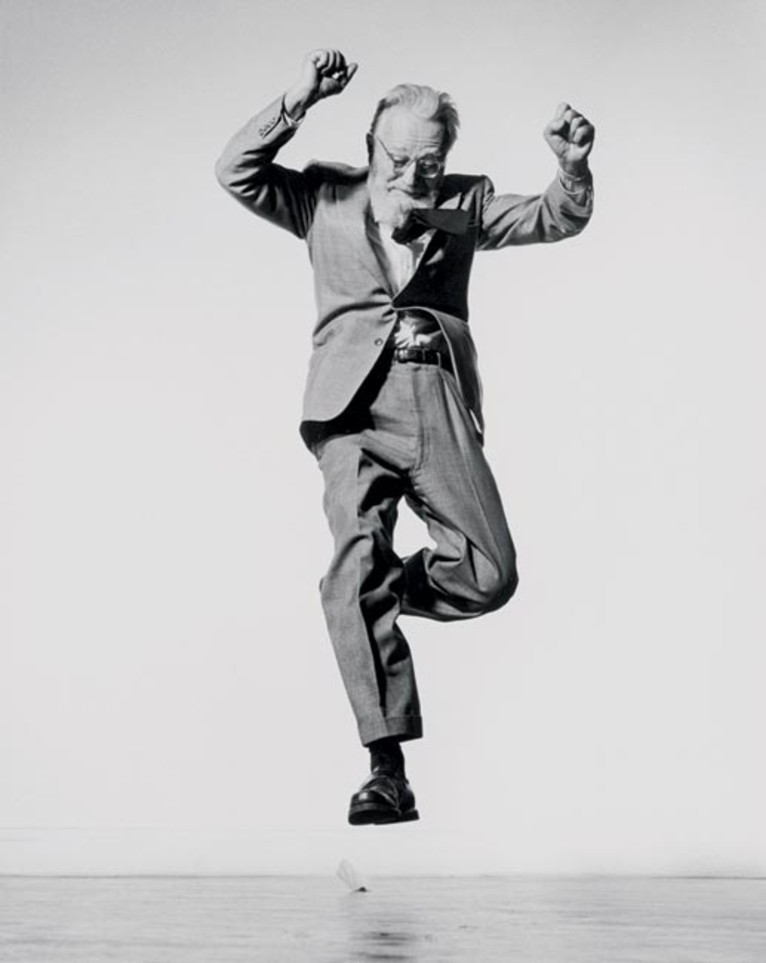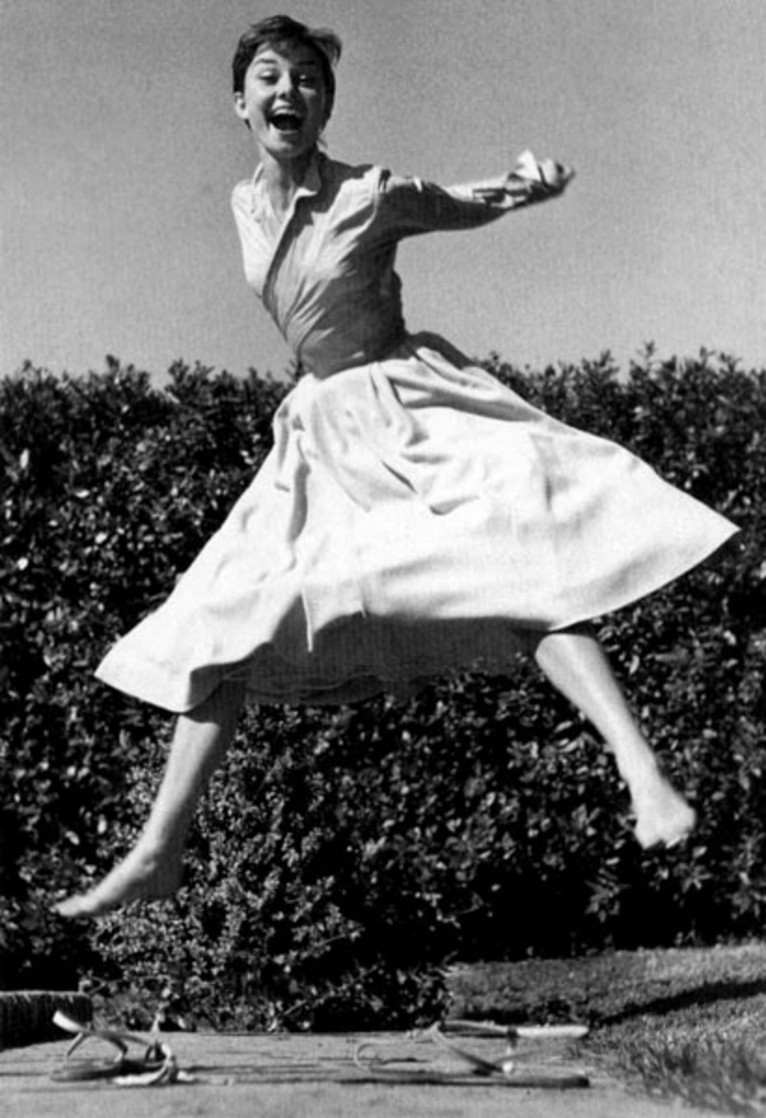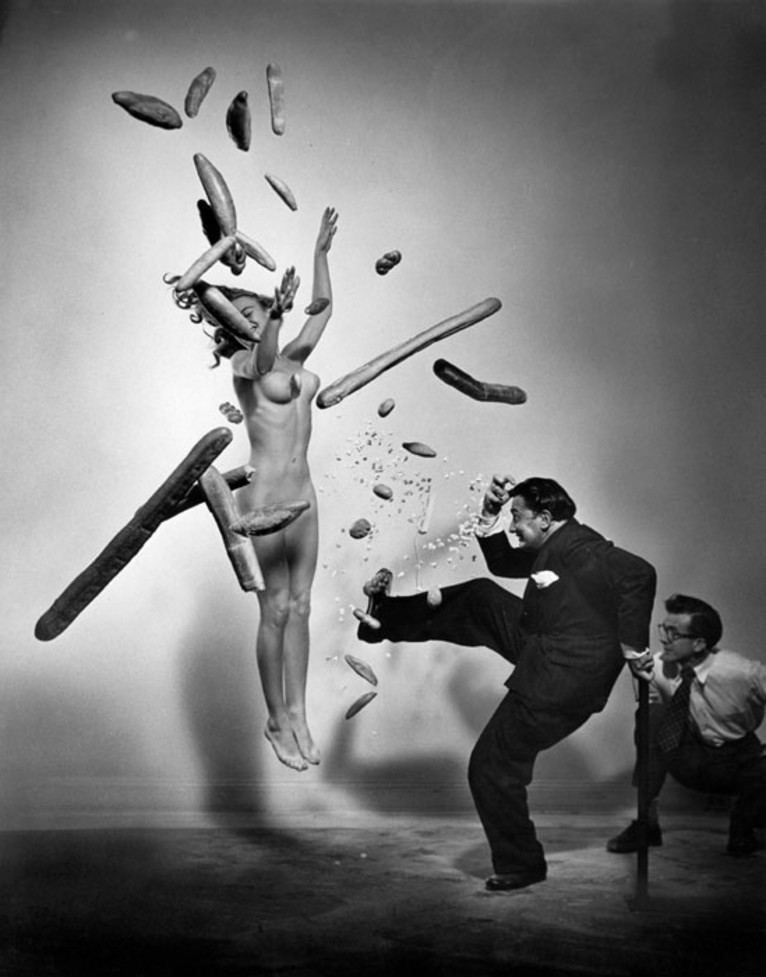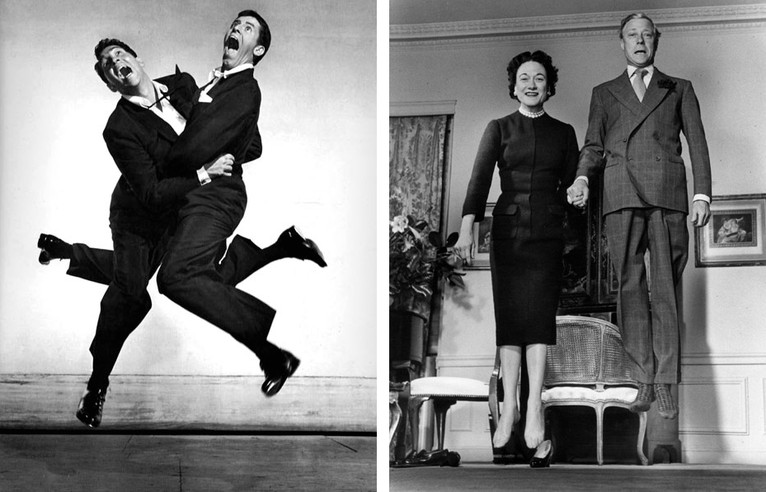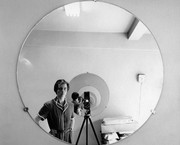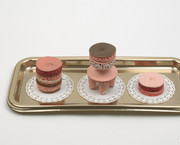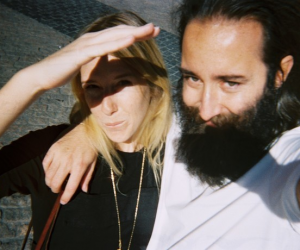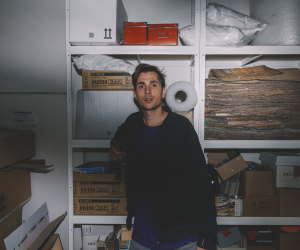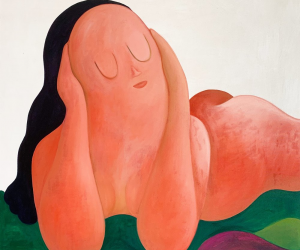
Philippe Halsman
Posted by Fabio 22 November 2010
Philippe Halsman (Latvian: Filips Halsmans; 2 May 1906 Riga, Latvia – 25 June 1979 New York City) was a Latvian-born American portrait photographer.
Born to a Jewish family of Morduch (Max) Halsman, a dentist, and Ita Grintuch, a grammar school principal, in Riga, Halsman studied electrical engineering in Dresden.
In September 1928, Halsman went on a hiking tour in the Austrian Alps with his father, Morduch. During this tour, Morduch died from severe head injuries. The circumstances were never completely clarified and Halsman was sentenced to four years’ imprisonment for patricide.
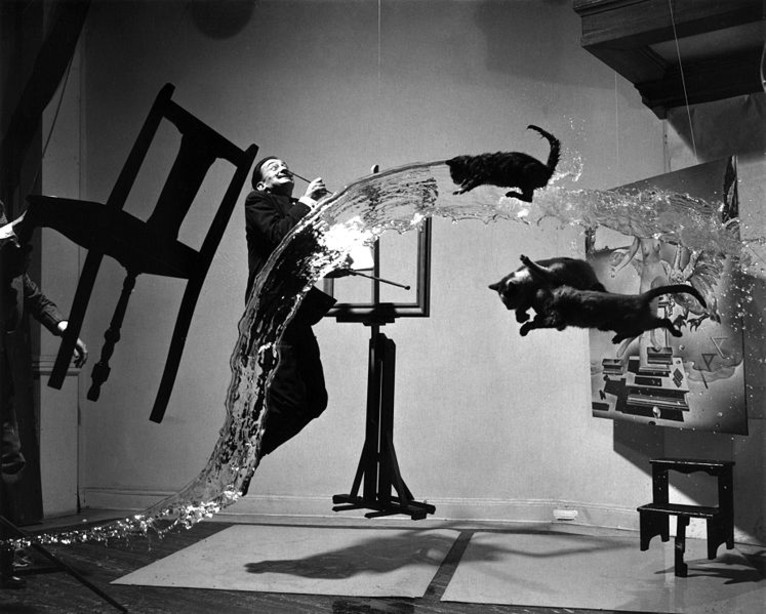 Dali Atomicus (1948) by Halsman in an unretouched version, showing the devices which held up the various props and missing the painting in the frame on the easel.
Dali Atomicus (1948) by Halsman in an unretouched version, showing the devices which held up the various props and missing the painting in the frame on the easel.
The case provoked anti-Jewish propaganda and thus gained international publicity, and Albert Einstein and Thomas Mann wrote in support of Halsman. Halsman was released in 1931, under the condition that he leave Austria for good, never to return.
Halsman consequently left Austria for France. He began contributing to fashion magazines such as Vogue and soon gained a reputation as one of the best portrait photographers in France, renowned for his sharp, dark images that shunned the old soft focus look. When France was invaded, Halsman fled to Marseille and he eventually managed to obtain a U.S. visa, aided by family friend Albert Einstein (whom he later famously photographed in 1947).
Halsman had his first success in America when the cosmetics firm Elizabeth Arden used his image of model Constance Ford against the American flag in an advertising campaign for “Victory Red” lipstick. A year later in 1942 he found work with Life, photographing hat designs, one of which, a portrait of a model in a Lilly Daché hat, was his first of the many covers he would do for Life.

